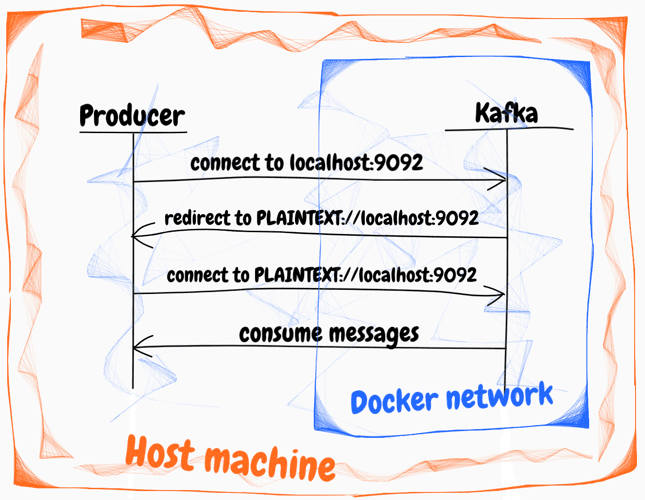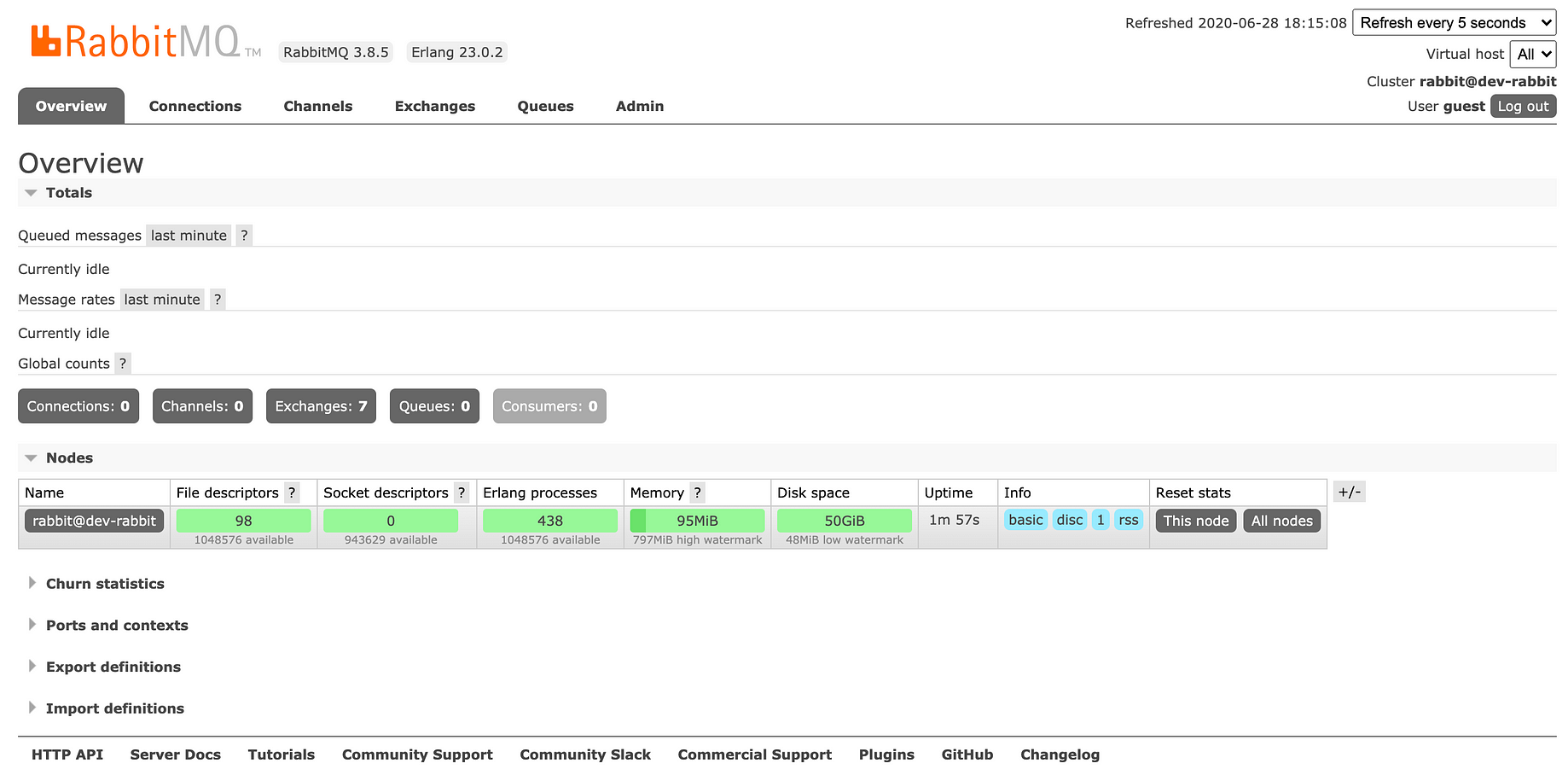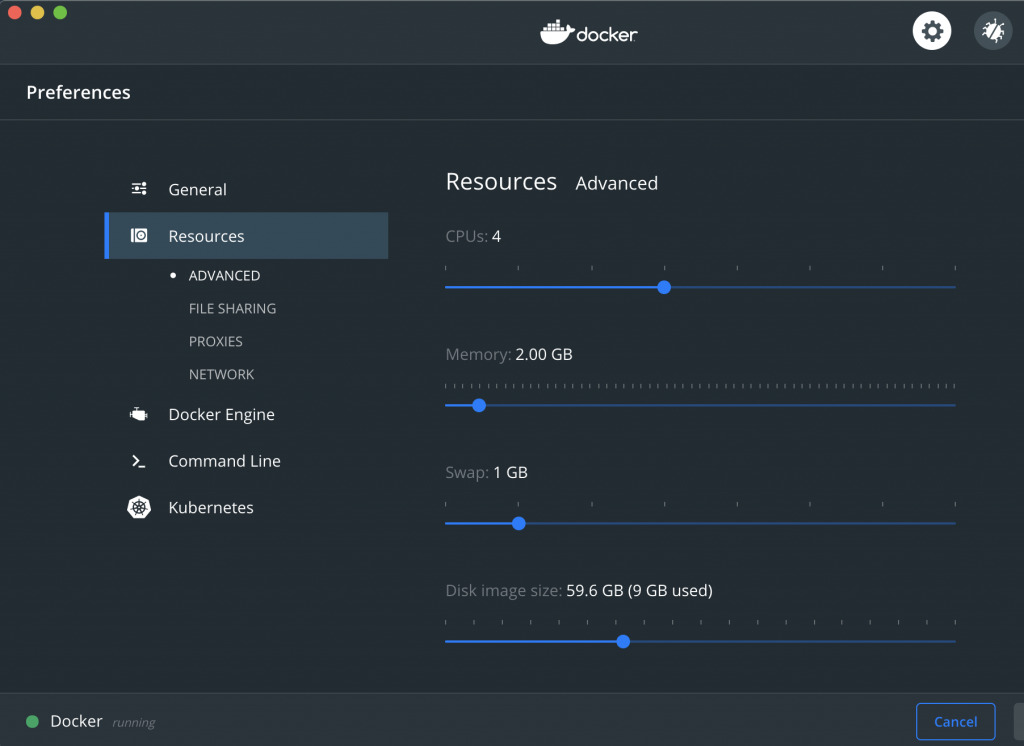

- #Container reach localhost on host machine docker for mac how to#
- #Container reach localhost on host machine docker for mac for mac#
- #Container reach localhost on host machine docker for mac install#
This can be done by mapping the container port to the host port at a particular interface, as follows: docker run -p 127.0.0.1:$HOSTPORT:$CONTAINERPORT -t image But this may not be required in all scenarios and there may be cases where need to restrict the port binding to a single interface – say, localhost – only. To update Docker regarding the ports that the container listens on, the parameter ‘EXPOSE’ can be set in Dockerfile: EXPOSE Expose Docker port to a single host interfaceīy default, the ‘-p’ flag will bind the specified port to all the network interfaces on the host machine. This would bind port 4000 in the container to a random port between 70 on the host, depending upon the port that is available in the host at that time. Ideally specific ports should be published with docker run -p which sets up a tunnel from the Mac to the VM.
#Container reach localhost on host machine docker for mac for mac#
In such instances, it is possible to map a range of ports in the docker host to a container port, using the command: docker run -d -p 7000-8000:4000 web-app At the moment it's not easy in Docker for Mac to connect to the internal IP addresses used by containers, because they're exposed in a tiny VM rather than on the host. But this one-one mapping may not be feasible in the case of a multiple container setup where it is not practical to allot one host port dedicated to a container. We saw how mapping one container port to one host port is done during container creation. Once the port exposure is complete and the container is up and running, the internal port 80 of the container can be accessed using the host machine IP and port, at.

You can verify this using ‘ docker ps‘ command: This command will create a container with the image ‘nginx’ and bind the container’s port 80 to the host machine’s port 9090.
#Container reach localhost on host machine docker for mac how to#
How to expose docker ports during container creationĮxposing Docker ports can be done using the ‘-p’ option with ‘docker run’ command to bind the port when launching the container: docker run -d -p 9090:80 -t nginx

Users may not even notice this backend forwarding while accessing the webserver. With this port forwarding or port binding feature, users can access the webserver at container port 80 using the host machine port 9000. But the Docker host machine’s main IP is accessible from outside.įor a webserver application, you’d obviously need to enable user access to it from the external network. So, the solution we use is to bind the internal port 80 of the Docker container to a port on the host machine, say 9000.
#Container reach localhost on host machine docker for mac install#
Suppose you want to run an NginX web server application in your Docker container. You can install the nginx image and start a container but you cannot directly access it from outside network.ĭocker containers have an internal network and each container is associated with an IP address that can be accessed from the Docker host machine.īeing internal IP, this IP cannot be used to access the containers from external network. To allow external access to Docker containers, you would have to expose their ports by mapping a container’s port to an external port in the host. Today we’ll see how to expose docker ports to make them accessible from the internet. GET IN TOUCH WITH THE DOCKER EXPERTS NOW!


 0 kommentar(er)
0 kommentar(er)
